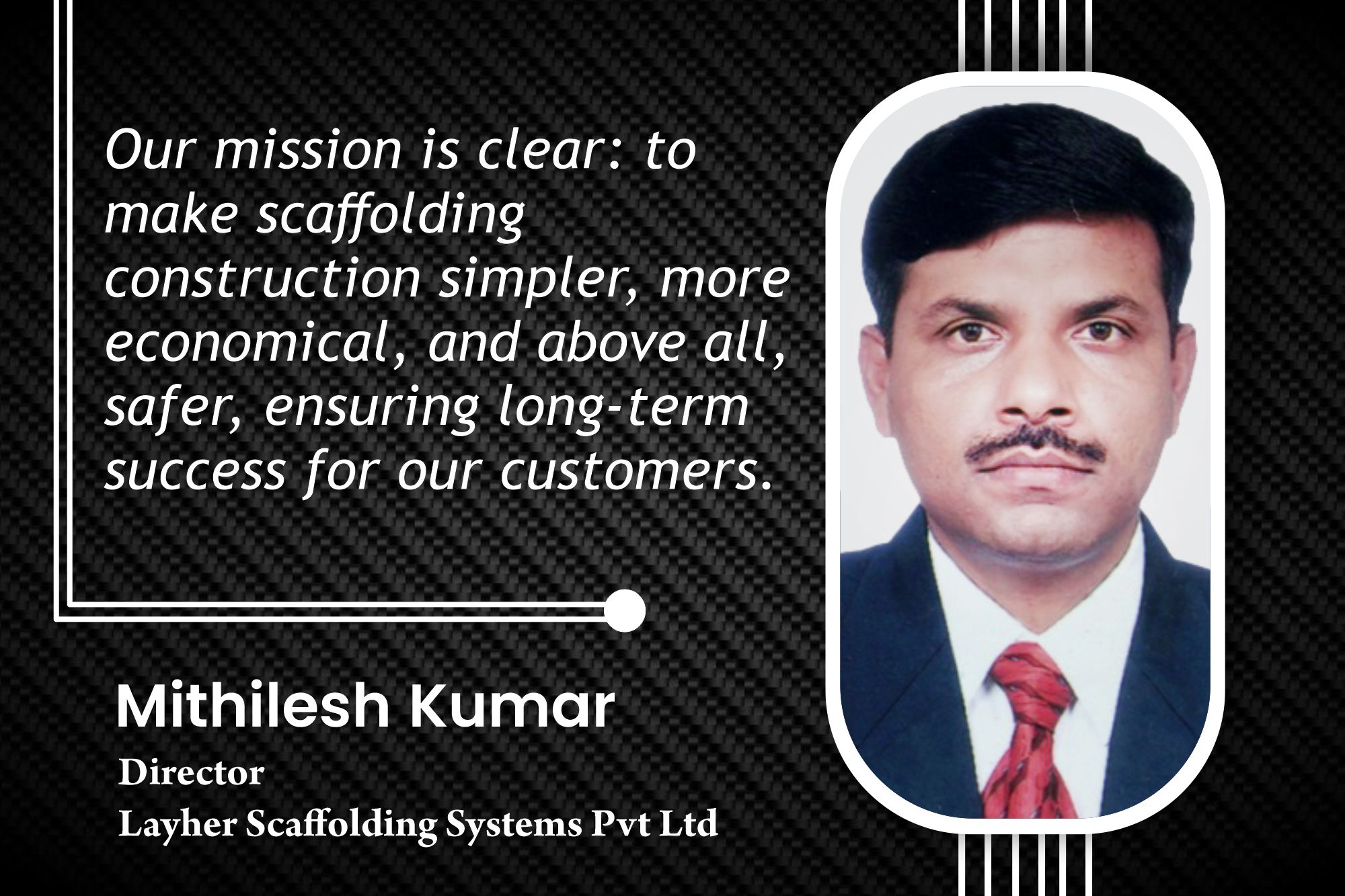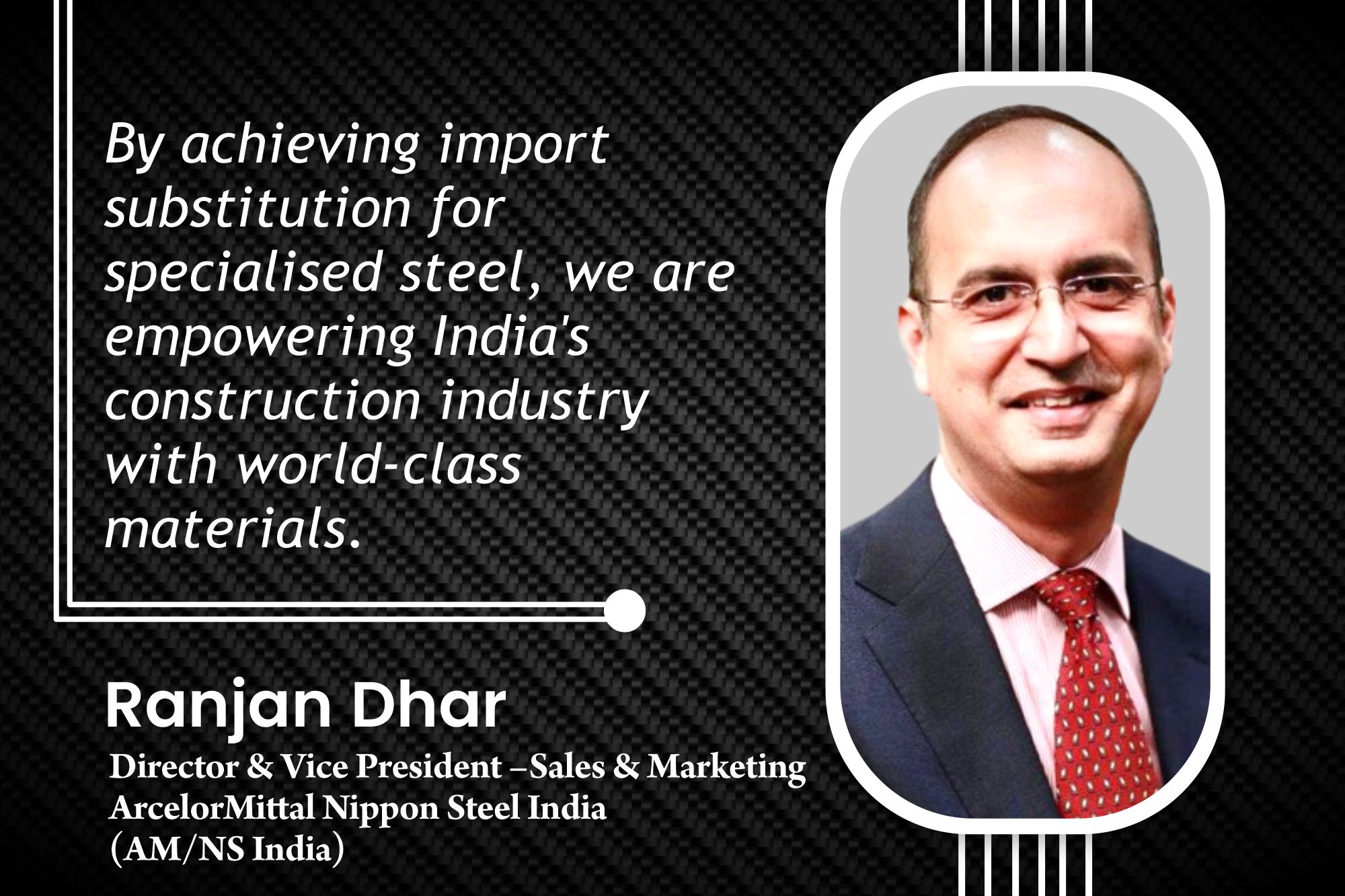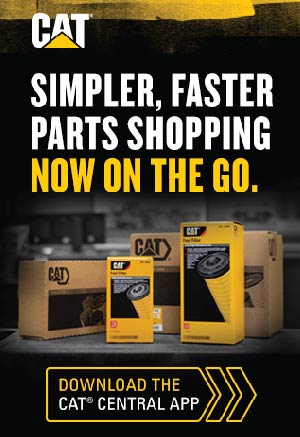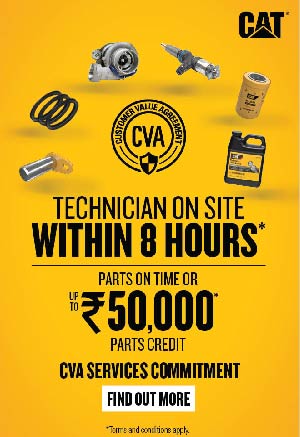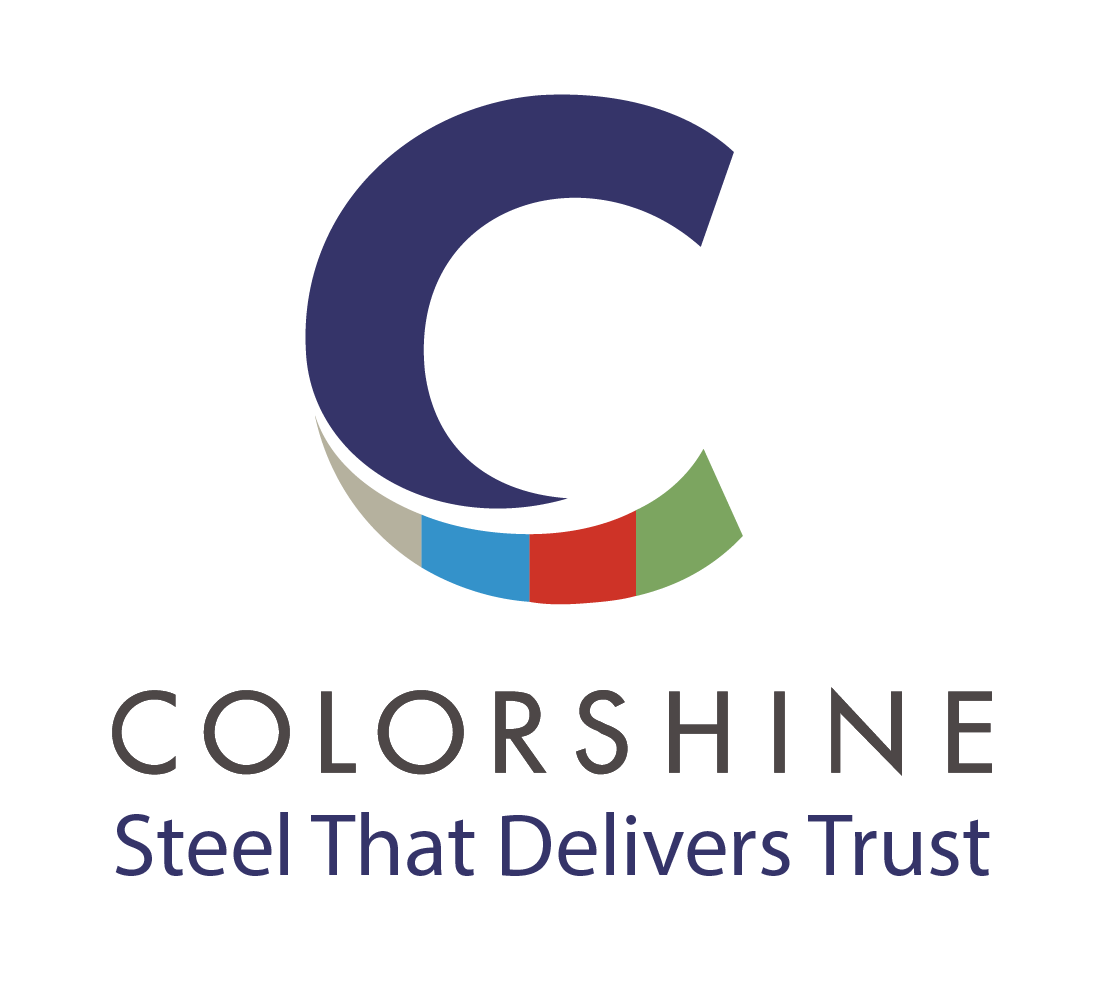New technologies boost durability and resilience in prefabrication
By Staff Report | October 25, 2024 6:19 pm SHARE
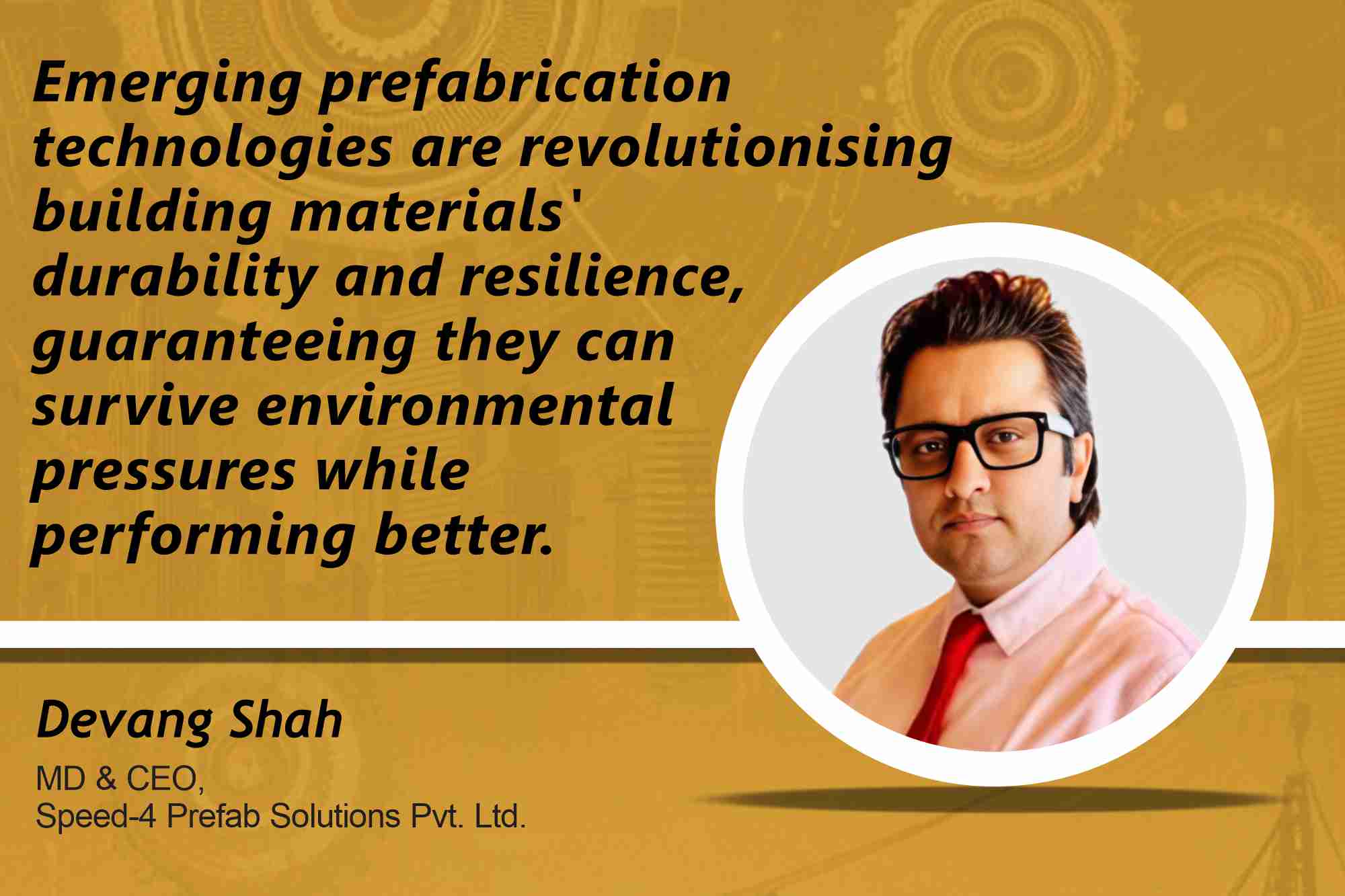
This interaction delves into how advances in material science, automation, and design methods transform the prefabrication industry, resulting in successful large-scale projects that address the complexity of modern urban surroundings.
How are emerging technologies in pre-engineered buildings enhancing material durability against environmental stressors?
In the field of prefabrication, new technologies are significantly enhancing the durability and resilience of building materials, particularly steel structures and insulated panels. Anticorrosive finishes and UV-protective coatings improve steel constructions’ resistance to corrosion and degradation. Innovations in insulating materials also increase thermal performance and reduce wear caused by temperature variations. Improvements in manufacturing techniques, such as 3D printing, allow for more precise cuts with tighter tolerances, resulting in fewer weak areas in structures. Smart sensors integrated into or installed in prefabricated materials can measure stress levels and environmental consequences in real time, encouraging coronal enrichment during workplace maintenance. These novel production aspects increase building assemblies’ ability to withstand environmental stressors (moisture, heat, seismic) over time.
What innovative approaches are utilised to integrate sustainability and energy efficiency into your products or solutions?
Sustainability and energy efficiency are being integrated into prefabricated steel structures and insulated sheets through innovation centred on sustainable products such as recycled steel and energy-efficient insulation with reactive R-values. Advanced manufacturing technologies, such as precision cutting and modular building, provide targeted waste reduction and energy efficiency. Prefabricating a building system results in tighter buildings, which reduces energy loss. In addition, offering technologies such as solar panels, rainwater collection systems, and green roofs will help to encourage sustainability. Furthermore, passive design features, such as window designs that allow for natural light, are being used to reduce energy use. These revolutionary processes will ensure that prefabricated steel buildings are environmentally friendly and energy-efficient.
What recent advancements in material science have enhanced the performance and lifespan of your offerings?
High-performance steel alloys with high tensile strength and corrosion resistance improve construction durability even under harsh conditions. Insulation goods, such as vacuum-insulated panels (VIP) and phase-change materials, have higher thermal efficiency, allowing for thinner and lighter insulation than standard options. Nanotechnology-based coatings will also protect the steel material from corrosion, UV degradation, and chemical exposure, preserving its structural integrity and increasing longevity. Furthermore, self-healing materials and strengthened adhesives are being developed as cutting-edge alternatives to repair small structural damage, thus increasing the structural integrity and effect of all solutions, resulting in long-term durability for prefabricated solutions.
How do you ensure compatibility and longevity when integrating your pre-engineered buildings with existing infrastructure?
Incorporating pre-engineered buildings (PEB) into existing buildings necessitates coordinated planning to ensure compatibility by assessing existing infrastructure and project sustainability. Site assessments will be required to evaluate structural load, foundation and soil conditions, and environmental considerations. Specific and customised engineering approaches will enable flexible connecting points to interconnect with existing infrastructure types while maintaining structural integrity. Furthermore, these alternatives provide design specifications prefabricated from pre-existing buildings. The prefabricated buildings would be customised to fit existing measurements, field dimensions, and structural loads. Coatings/treatments would either biologically treat the exterior of any exposed wood or metals or be a solid, protective coating stretching both materials under harsh environmental conditions. All of these intentional materials would increase the longevity of prefabricated buildings and their integrative compatibility with existing structures while reducing or eliminating future maintenance requirements.
What role does automation play in your products’ manufacturing, and how does it affect quality and consistency?
Automated machinery, such as CNC machines and robotic welders, allows for precise cutting, bending, and assembling while minimising human error, ensuring that all components are uniform. This precision also allows for improved structural integrity and waste minimisation, which contribute to more sustainable production, as previously indicated. Automated quality control technologies, such as laser scanning and real-time monitoring, can detect faults in prefabricated components while ensuring that goods are routinely produced to a high standard. In the application phase, automation speeds up installation, lowering personnel costs and construction time while keeping the same quality and reliability throughout the project.
How do your products reduce carbon footprint and promote sustainability in construction?
To begin, using recycled steel minimises the need for virgin materials and energy usage throughout manufacturing. Prefabrication decreases on-site waste and building time, resulting in lower energy consumption and emissions from transportation and equipment. Our solutions include high-performance insulation, which improves building energy efficiency and reduces heating and cooling requirements. Furthermore, higher energy efficiency means fewer repairs and parts to replace, which reduces overall resource consumption and increases sustainability in construction projects.
What key considerations guide your systems’ design and implementation in high-density urban environments?
When designing and implementing prefabricated systems in high-density, rapidly developing urban areas, a strategic approach is required to handle space restrictions, logistics, and sustainability. Maximising space using modular designs allows structures to exploit vertical and horizontal space, fitting into narrow urban plots while reducing the project’s footprint without sacrificing functioning. Prefabricated components are also engineered for easy shipping and installation, which reduces traffic congestion and shortens construction timeframes. Employing low-noise construction techniques and ecologically friendly building materials helps to reduce noise pollution and emissions, improving sustainability. Energy-efficient designs and insulated panels reduce long-term building operating costs and have a minimal environmental impact. These considerations ensure the solutions are sustainable, effective, and relevant to urban growth.
Can you share examples of large-scale projects where your structures have achieved notable outcomes?
Our prefabricated constructions have produced excellent results on various large-scale construction projects. Notably, the Defence-1600 Men Accommodation Shelter Project in Leh/Ladakh used our modular shelters, which allowed for quick deployment and long-term lodging under adverse weather conditions. Our energy-efficient structures were constructed for the Adani Green Energy Solar Power Project, allowing for the seamless installation of photovoltaic solar power capabilities. The Tata Projects-COVID Hospital demonstrated our capacity to deliver critical healthcare facilities within severe time restrictions. Furthermore, the GE Turbine Generator Factory Project displayed our support for industrial endeavours by effectively utilising precisely engineered steel buildings while successfully negotiating logistics and scheduling constraints. Other outstanding projects we’ve completed include the Montepuez Ruby Mining Lda in Africa, the Essar Power Project, the Reliance Thermal Power Project, the Cairn Energy Oil Explorations Project, the HPCL Refinery Project, and some Tata Projects, such as oil refinery setups and multispecialty hospitals. We also completed projects such as modular ground-plus-one buildings for IKEA, technical accommodations during COVID-19, and COVID hospitals for the National Health Mission in Odisha and Nagaland.
For more information, visit: https://www.speed-4.com/index.html
Cookie Consent
We use cookies to personalize your experience. By continuing to visit this website you agree to our Terms & Conditions, Privacy Policy and Cookie Policy.







